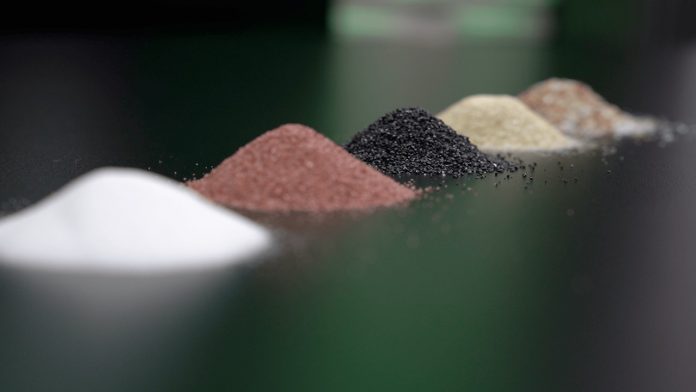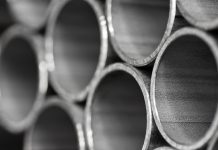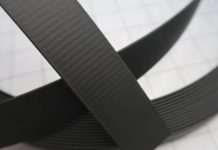In any application that may involve rust removal, paint stripping, or any other cleaning processes or surface preparation for other subsequent treatments, blast media is an important factor when undertaking the work in the shortest time and with the best results. Many large industries use blast media for cleaning purposes and to get good surface finishing. Let’s now delve into the article and find out more about these abrasives.
Vital Role of Blast Media
The major role of blast media is to clean the surface through blasting or roughen or etch the surface through blasting. This technique involves shooting particles at high velocities against the surfaces and helps to get rid of the material that is not required such as rust, paint, and scale to coat or treat the surface in any other way. Among the significant factors affecting the effectiveness of blasting, the type of the media, its hardness, shape, and size are crucial.
Types of Blast Media
Sand
Sand is one of the oldest and most popular types of blast media, which has numerous applications in different fields. This compound is very effective for the stripping of rust and paints as well as other deposits on metal surfaces. However, sand is not very suitable, and therefore, it is not used as much.
Steel Balls
Steel Balls are used in the processes of peening and cleaning the surface. These are relatively cheaper than other materials used in similar industries, easy to clean, and can be used repeatedly hence making them suitable for industrial uses. They are most useful in areas where there is much dirt and in the preparation of surfaces for painting or a coat.
Aluminum Oxide
Aluminum oxide is a common abrasive blast media and it comes in many forms with different grades and sizes it is one of the most aggressive materials. It is used because of its stiffness and durability, which make it perfect for etching, rusting, and scribing hard surfaces. Both dry and wet blasting can be accomplished with aluminum oxide, which is recyclable.
Silicon Carbide
Because of its efficiency and hardness, silicon carbide is a hard material that is utilized in blasting and cutting processes. It is applied in glass engraving, hard surface coating removal, and abrasive cleaning, among other related fields. It is more efficient and, in the same instance, is more costly than other media. Because of its thin cross-section and a high degree of hardness, it is recommended for use in operations that demand a high surface finish.
Ceramic Beads
Ceramic beads are spherical and are composed of zirconium oxide. They are utilized in washing and dusting, as well as in surface conditioning applications, for example, in polishing. Some of the benefits that can be associated with using ceramic beads include the following; It offers a fine surface finish while removing a relatively small amount of material from the workpiece which is ideal for working on small and complex parts.
Conclusion
Abrasive blasting is a commonly employed technique in several sectors. The selection of an appropriate process depends on the particular needs of the industry or manufacturing process. There are various ways to classify blast media, and each category is based on characteristics that establish its appropriateness for a certain usage. Understanding various blast media and their applications helps in identifying the right media for a certain task, to enhance performance in manufacturing activities.














